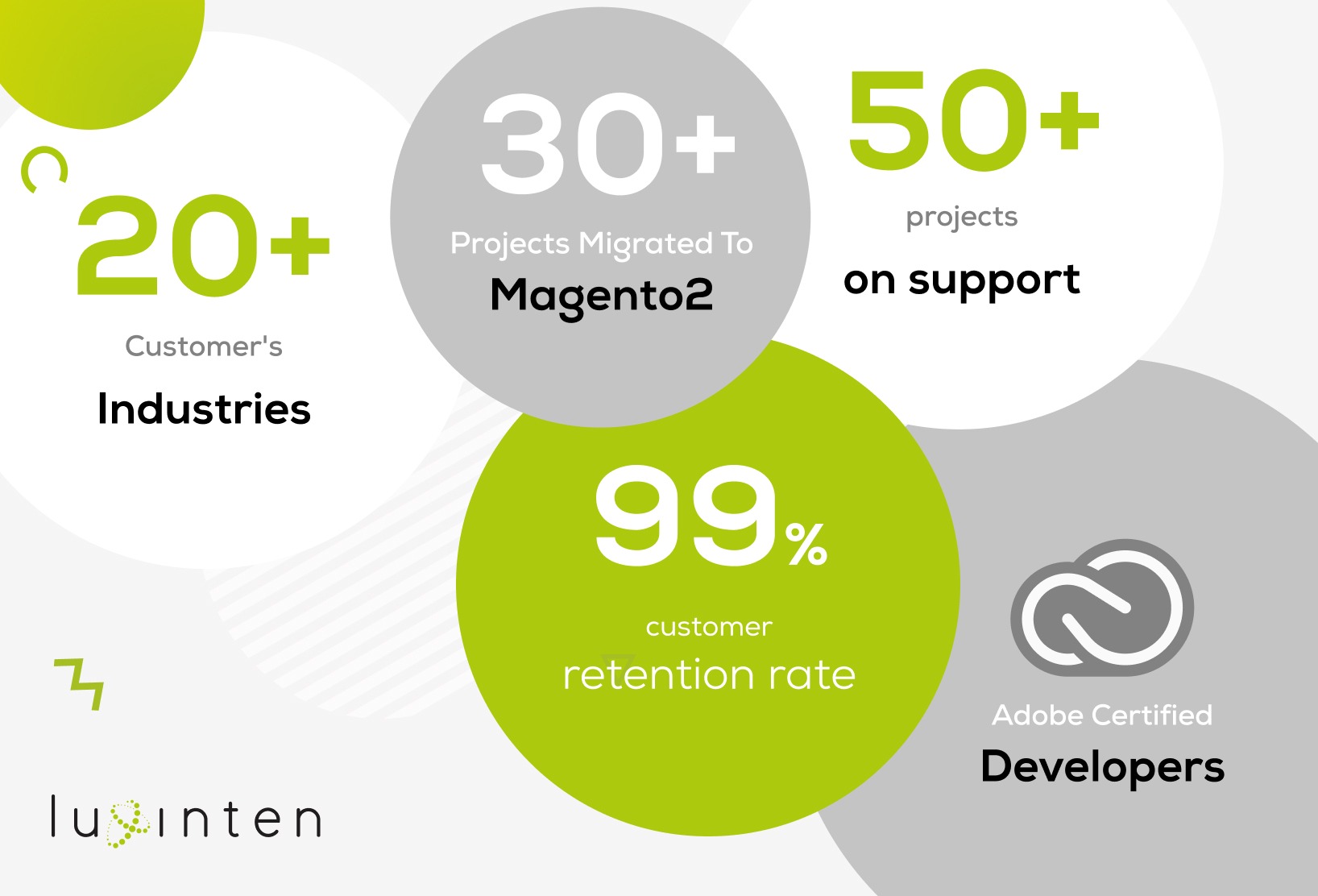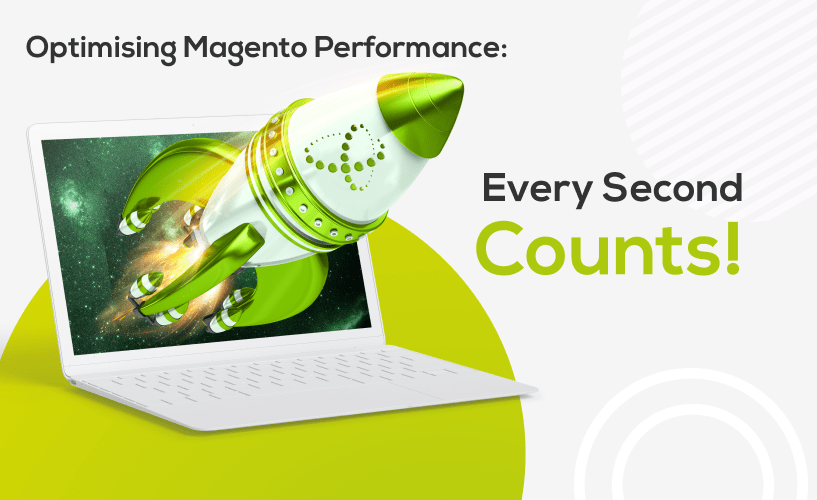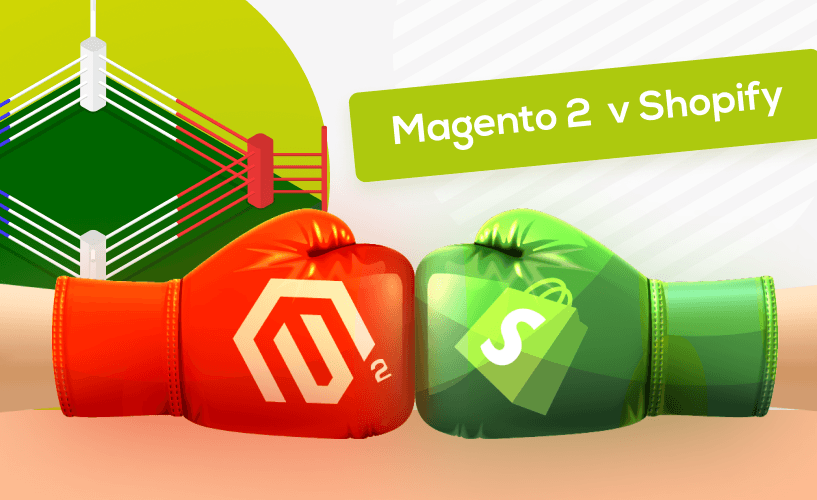
PWAs are steadily growing in popularity, particularly in the field of e-commerce. Ever more online retail businesses are opting for progressive web apps developed on Magento because of the speed and flexibility they can deliver. In this short article, we’ll tell you everything you need to know about building a PWA using Magento’s PWA Studio. We’ll also help you understand disadvantages and advantages of using PWAs for Magento stores.
By 2025, almost 72.6% of Internet users worldwide will be accessing websites solely through mobile devices. This figure represents 3.7 billion people, offering huge business opportunities for online retailers. In fact, mobile sales are expected to double to $700 billion by 2025.
These figures make an effective e-commerce experience for mobile users absolutely essential. Although Microsoft first developed PWAs in 2000 and their popularity has been growing ever since, Adobe are currently adapting their own PWA development suite - PWA Studio Project - to work effectively within the Magento environment. And once Adobe Commerce 2.4.4 arrived, the PWA acquired even more agency for Magento personalization and promotions.
So what is a Progressive Web App?
A Progressive Web App or PWA is a web application that uses modern web technologies to provide a reliable, fast and engaging user experience. PWA websites are quick, secure, responsive and cross-browser compatible. They can even work offline and act like ‘native’ or downloaded apps on mobile devices.
What is the Magento PWA Studio Project?
The Magento PWA Studio project is a set of developer tools specifically designed for the development, deployment and maintenance of a PWA storefront on Magento 2.3 and above. It is a type of headless-architecture for which the server provides an application shell, or frame filled with data. This distinctive approach means the website has three distinct elements:
1) A Backend side - responsible for business logic
2) A Frontend side - responsible for data displays on the website
3) An API-side - allows data reciprocity between frontend and backend.
This tripartite division confers several technical advantages:
- The Frontend gets fully formed on the user’s side. No server resources are required to form a final page view, since the client’s web browser is solely responsible.
- The API technology provides a strict standard of data reciprocity, detecting request errors with great precision and accelerating data processes.
- Division allows separate frontend and backend dev teams to focus and coordinate their efforts effectively.
- Division permits the use of a single backend with other frontends, for example applications on mobile devices.
- Division into separate requests makes it possible to grade them according to the load on the server, allowing greater optimization.
- Application Shell permits push-requests, so page blocking time can be greatly lessened or even reduced to zero.
But there are also several disadvantages:
- The implementation of PWA-studio is quite raw and can cause some issues at times.
- Since setting up multiple connections necessarily takes longer than setting up a single connection, developers are forced to balance the decomposition of the app - its essential behaviour - against the number of server requests.
- The display logic is formed exclusively by the frontend, incorporating several additional technologies. Consequently, a REACT-spec is essential.
- How the website might be indexed by search engines cannot be precisely known.
Towards the Future
Beyond the technical merits and demerits of Magento PWAs, they are also central to the more strategic question of global development strategy. Magento is currently a kind of inflexible “monolith” in which all components are closely integrated and interactive. This means it is extremely difficult to implement new technological trends within the Magento system. That is why Adobe is striving to achieve a microservice infrastructure for Magento: it means a division into many small services with the potential for component-by-component scaling.
One of the first steps to achieving this microservice infrastructure involves separating the frontend from the backend, which is exactly what headless architecture achieves. A microservice architecture allows the complete replacement of a microservice while preserving the same standard of communication with other microservices. Many observers believe that microservices will be rewritten in different languages after the inevitable transition to a Microservice architecture. NodeJS is one of the leading candidates, for the following reasons:
- It delivers speedy execution.
- JavaScript is familiar to the global development Magento community.
- It provides one common language for both the frontend and backend.
So there you have it, a brisk but comprehensive introduction to this crucial topic. If you need any help with Magento PWA development, please don’t hesitate to contact us. Not only do Luxinten have the requisite technical knowledge and experience to transform your site into an incredible Progressive Web App, we are also fully conversant with the deeper strategic questions surrounding e-commerce technology and its ongoing development.

Some Key Luxinten Statistics:
- 50+ projects with annual support
- 30+ successful full Magento 2 migrations
- 250+ solutions implemented on Magento
- 99% customer retention rate
- Adobe Certified Experts
If you want to know more about any of our services, please contact us.







Add comment...
Comments